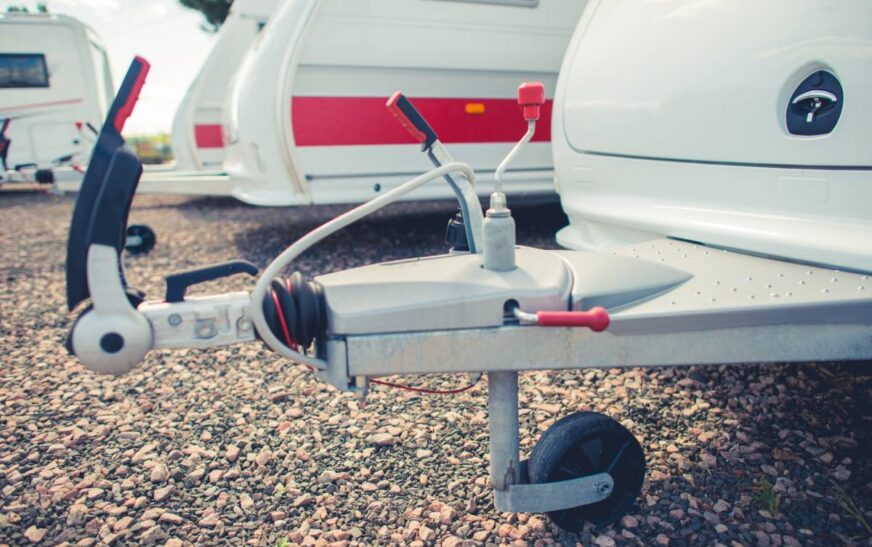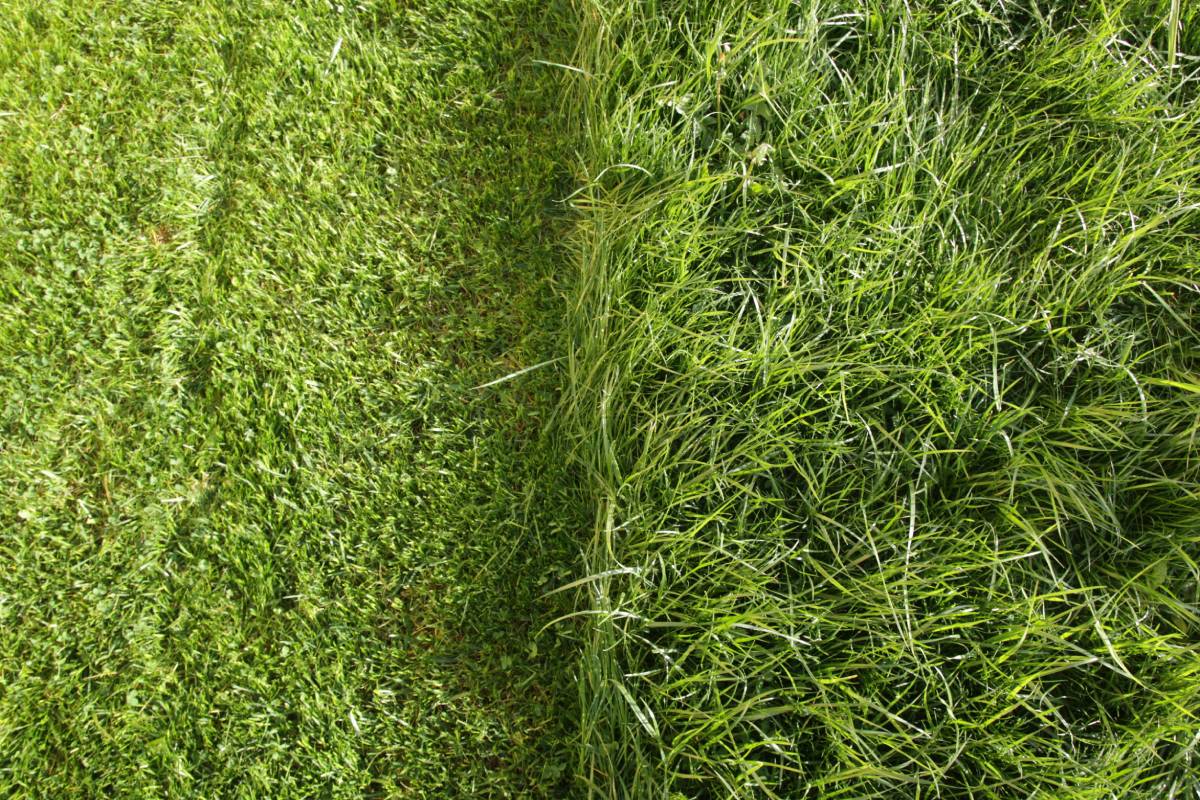Caravanning has become one of the most loved pastimes for Australians, especially in Western Australia. With endless coastlines, scenic highways, and vast stretches of the outback to explore, it’s no wonder so many WA families and adventurers are investing in caravans. Whether you’re heading north along the Coral Coast, exploring the Kimberley, or enjoying a quick getaway down south to Margaret River, caravanning gives you the freedom to take your home with you.
But with that freedom comes responsibility. One of the most critical aspects of owning a caravan is understanding caravan weights and towing capacities. These numbers aren’t just technical details on a compliance plate—they directly affect your safety, your vehicle’s performance, and your ability to stay on the right side of the law.
If you’re new to caravanning, it can feel overwhelming. Terms like tare mass, ATM, GTM, and tow ball weight might sound confusing, but they’re essential to understand before you hit the road. This guide will walk you through each of them in detail, explain why they matter, and provide practical advice for safe towing in WA.
Why Caravan Weights Matter
Imagine towing a caravan that’s too heavy for your vehicle. Your car may struggle to accelerate, your brakes could overheat, and your steering might feel unstable. In a worst-case scenario, you could lose control completely, putting yourself and others at risk.
Weight distribution is equally important. An unevenly loaded caravan can cause dangerous swaying, making even short drives stressful and unsafe. Knowing the correct weight limits—and sticking to them—ensures your caravan is safe, stable, and roadworthy.
Insurance is another big factor. If you’re in an accident and it’s discovered that your caravan exceeded its weight limits, your insurer may reject your claim. That’s an expensive mistake most caravan owners would prefer to avoid.
Key Caravan Weight Terms Explained
1. Tare Mass
The tare mass (sometimes called dry weight or empty weight) is the weight of your caravan as it comes from the manufacturer—completely empty. This includes everything originally supplied, but excludes people, luggage, water, gas, and any personal belongings.
It’s important to remember that if you’ve installed aftermarket accessories like toolboxes, solar panels, or bike racks, they add weight but won’t be included in the original tare mass.
2. Aggregate Trailer Mass (ATM)
The ATM is the maximum weight your caravan can legally weigh when fully loaded. This includes the tare mass plus everything else—water, gas, food, clothing, passengers, and any accessories.
It’s essential never to exceed the ATM, as doing so is unsafe and illegal. Ideally, you should aim to load your caravan slightly below the maximum ATM to allow for a margin of safety.
Insurance companies often check ATM values after an incident. If your caravan was overloaded, your claim may be denied.
3. Gross Trailer Mass (GTM)
The GTM refers to the maximum weight of your caravan when resting on its wheels (the axles on the ground), excluding the weight on the tow ball. Because some of the caravan’s load is supported by the tow vehicle via the tow ball, the GTM is always less than the ATM.
For example, if your caravan has an ATM of 2,000 kg, its GTM might be around 1,800 kg, with the remaining 200 kg sitting on the tow ball.
4. Tow Ball Weight
Tow ball weight measures the downward force your caravan applies to the tow ball of your vehicle. It usually ranges from 8–15% of the ATM, depending on caravan design and how you load it.
This figure changes depending on where heavy items are placed. For instance, loading water tanks or toolboxes at the front increases tow ball weight. Correct distribution is critical—too little weight on the tow ball can cause swaying, while too much may overload your vehicle’s rear axle.
5. Maximum Tow Ball Weight
The maximum tow ball weight (or maximum ball loading) is set by the manufacturer and indicates the most pressure the tow ball can handle safely.
It’s crucial to check both your caravan’s tow ball rating and your vehicle’s towing capacity. Always work with the lower of the two figures. Some vehicles reduce allowable tow ball weight as the trailer load increases, so confirm with your dealer if in doubt.
6. Load Carrying Capacity (Payload)
Payload is the difference between your caravan’s ATM and its tare mass. It tells you how much weight you can safely add to the caravan.
For example:
-
ATM = 2,000 kg
-
Tare Mass = 1,500 kg
-
Payload = 500 kg
That 500 kg needs to cover water, gas, clothes, food, tools, bikes, batteries, and anything else you carry. Accessories like solar panels or extra wheels also eat into this allowance.
Smart caravan design uses lightweight yet durable materials to give you more payload flexibility.
Legal Requirements in WA
Caravan towing regulations in WA align with broader Australian laws:
-
Follow Manufacturer Specs: Both the caravan and towing vehicle must operate within the limits set by their manufacturers.
-
Brake Requirements: Caravans with a GTM over 750 kg must have independent braking systems. Smaller vans can often rely on the vehicle’s brakes, but anything heavier requires its own.
-
Brake Sizes: Most caravans use 10-inch brakes, though heavier models or those with independent suspension may require 12-inch brakes for added safety.
-
Licensing: Ensure your driver’s licence covers the size and type of caravan you’re towing.
Authorities in WA take overloading seriously. Fines, licence penalties, and even impoundments can result if your caravan isn’t compliant.
Practical Tips for Safe Caravan Towing
-
Know Your Numbers
Before every trip, check your caravan’s compliance plate and your vehicle’s towing specifications. -
Distribute Weight Evenly
Place heavier items close to the axle and keep weight balanced left-to-right. Avoid loading everything at the front or rear. -
Check Tyre Pressures
Both your vehicle and caravan tyres should be inflated to the recommended PSI. Under-inflation can cause blowouts, while over-inflation reduces grip. -
Use Weight Distribution Hitches
These help balance the load between your tow vehicle and caravan, improving stability and steering. -
Regular Servicing
Caravans need routine checks just like cars. Brakes, tyres, suspension, and bearings should all be maintained. -
Practice Driving
Towing feels different than regular driving. Spend time practising manoeuvres like reversing and cornering before heading on long trips.
Common Mistakes to Avoid
-
Overloading: Exceeding ATM or GTM puts you at risk of accidents and fines.
-
Ignoring Tow Ball Weight: Incorrect distribution is a major cause of caravan sway.
-
Not Upgrading the Vehicle: Some cars simply aren’t built for heavy towing. Always confirm capacities.
-
Skipping Weigh-Ins: Portable weigh stations are available in WA—use them to confirm your setup is compliant.
When You Need Professional Help
Sometimes, towing issues go beyond DIY checks. If you’re unsure whether your caravan and vehicle combination is safe, professional assistance is invaluable.
Companies like Interstate Towing Service AU can step in when you need expert caravan transport across long distances or when your caravan requires professional handling. Whether you’re moving interstate, have experienced a breakdown, or simply need help transporting your caravan safely, using a trusted towing service ensures peace of mind.
Final Thoughts
Caravanning is an incredible way to explore WA, but it comes with responsibilities. Understanding caravan weights—tare mass, ATM, GTM, tow ball weight, and payload—isn’t just technical jargon. It’s about ensuring your safety, protecting your investment, and staying compliant with the law.
By respecting manufacturer specifications, loading smartly, and staying under weight limits, you’ll enjoy stress-free adventures on WA’s roads. And if you ever find yourself in need of professional assistance, from towing breakdowns to interstate transport, trusted names like Interstate Towing Service AU can provide the support you need.
So, before your next trip, double-check your numbers, balance your load, and hit the open road knowing you’re fully prepared. Safe travels and happy caravanning!










